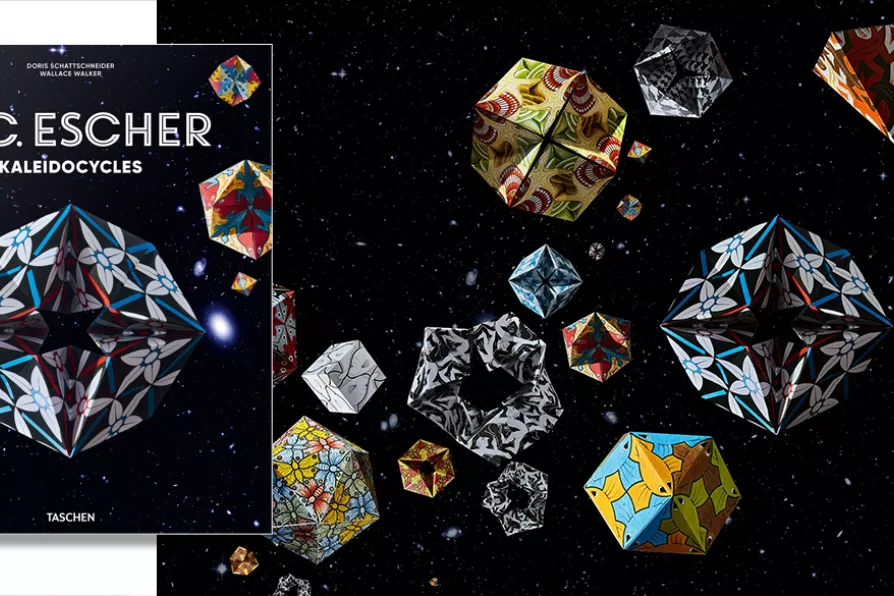JOE GILL speaks to the Palestinian students in Gaza whose testimony is collected in a remarkable anthology

 PLANET ESCHER: tailor-made diversion for stressful times
[Taschen]
PLANET ESCHER: tailor-made diversion for stressful times
[Taschen]
MC Escher: Kaleidocycles
Doris Schattschneider and Wallace Walker
Taschen £34.15
IF DOOMSCROLLING has become a bad habit in an era when the pandemic and war force your nervous fingers to obsessively seek out breaking news of the apocalypse, then Kaleidocycles is the perfect antidote.
It is a tailor-made diversion for stressful times that requires you to turn off your screen and use your hands more creatively in order to assemble intriguing card patterns inspired by the work of MC Escher.

GAVIN O’TOOLE welcomes, and recommends a a candid, evidence-based record of Britain’s role in the slaughter visited by Israel upon the Palestinians

BLANE SAVAGE recommends the display of nine previously unseen works by the Glaswegian artist, novelist and playwright

This is a concert of ambition and courage by organist and improviser Wayne Marshall, says SIMON DUFF











